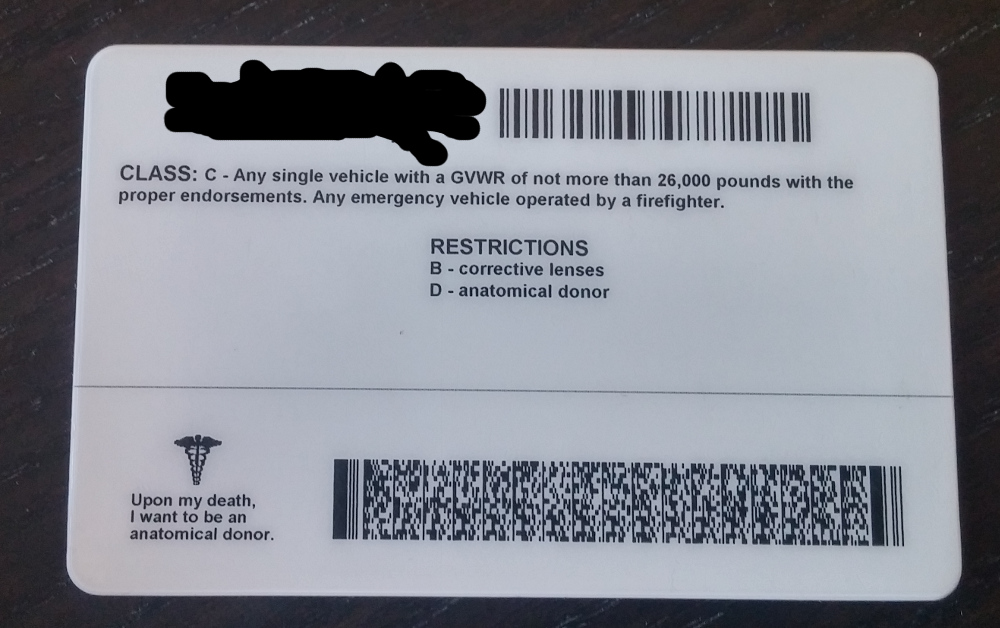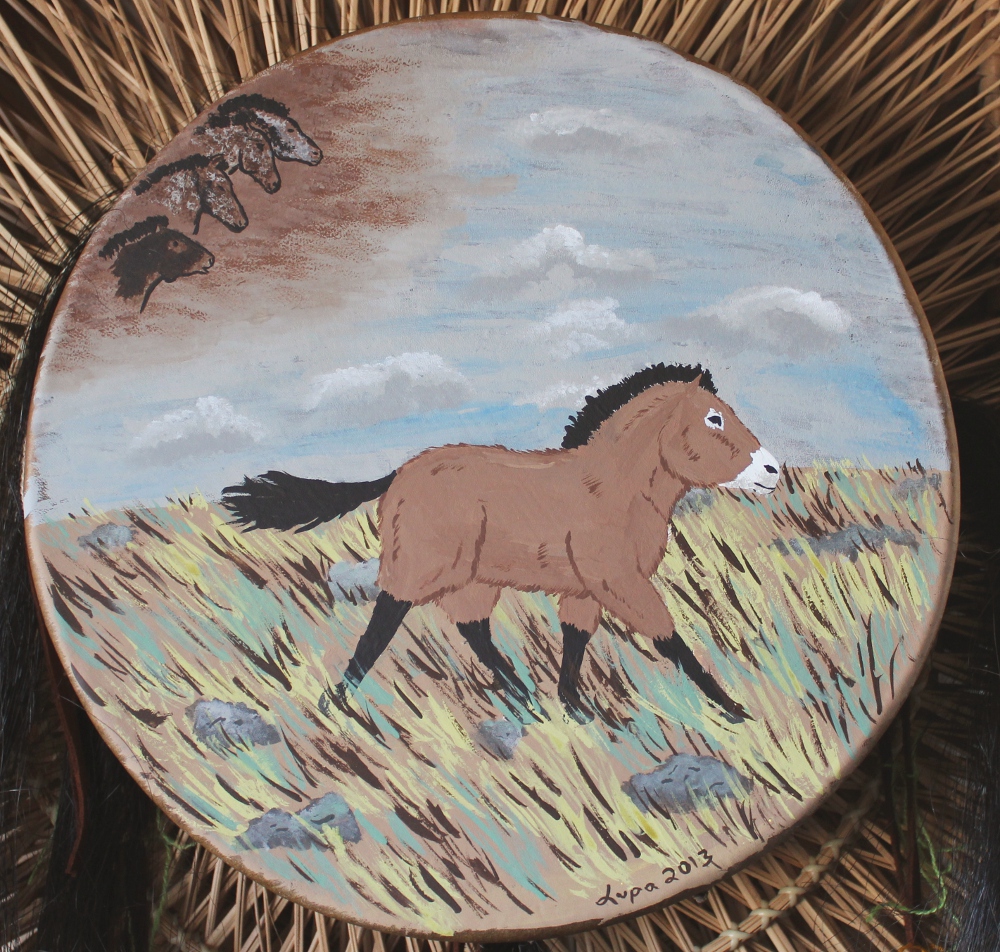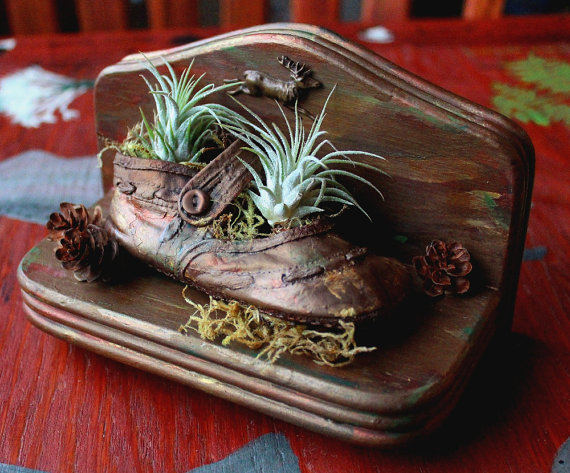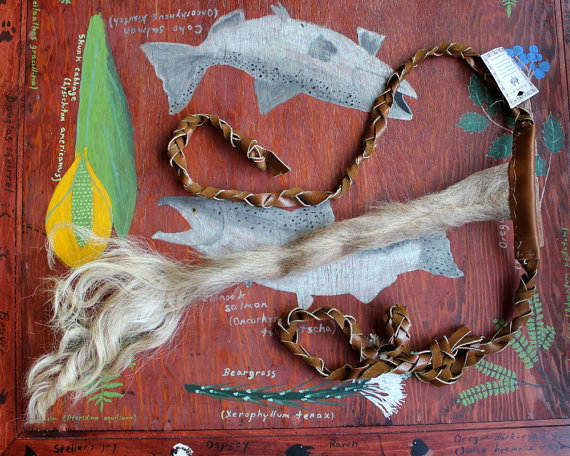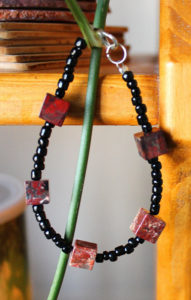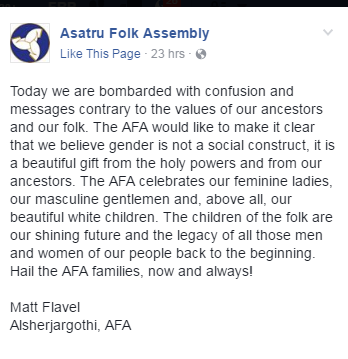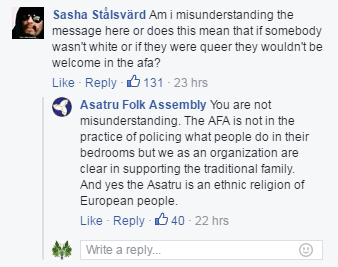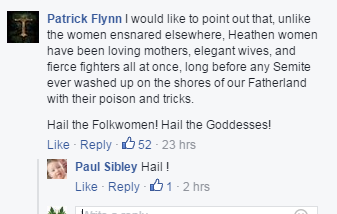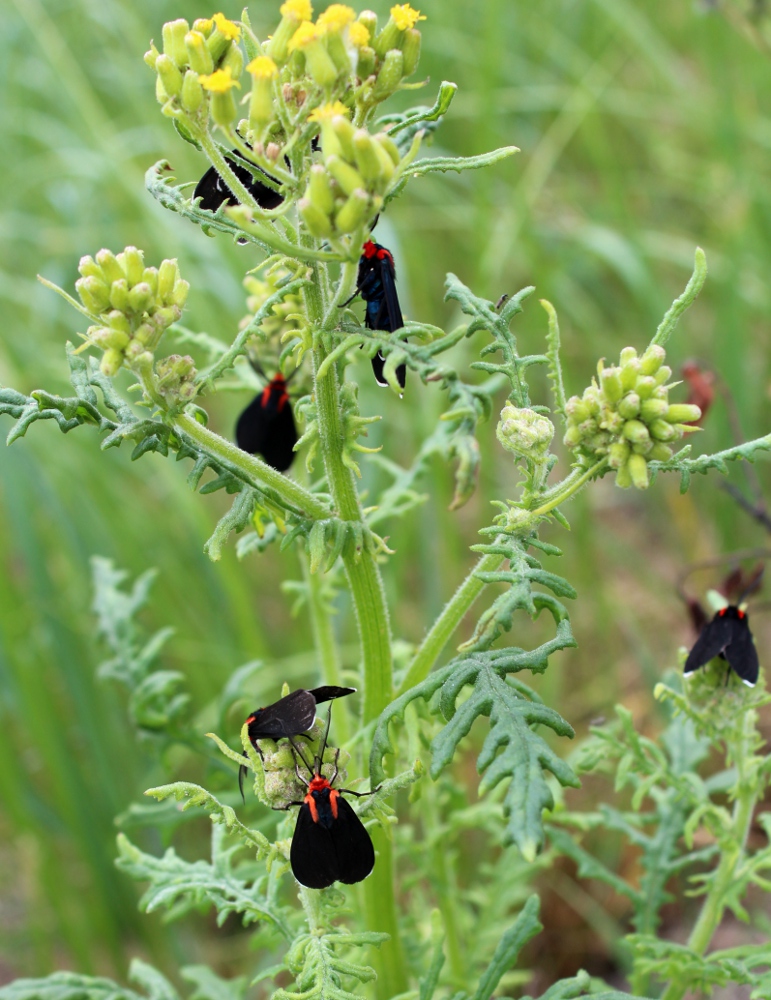The past few weeks have been a rough ride for a lot of people between the election and the start of the holiday season. Tensions are running high, and with all the busy-ness of the season it can be difficult to find time to recuperate.
One of the things I’ve been trying to remind people is that self-care is a thing, and it’s even more crucial to practice it now. Self-care looks different for different people. For some, it’s spending time with friends or other group activities. For others it’s having some alone time, or being with that one person you can sit next to while you both read books in perfect silence. Going outdoors is a popular choice, whether you’re sitting in a quiet park or base jumping off a mountainside. Eating good food, making love, dancing like there’s no tomorrow, playing video games, even turning the thermostat up another degree or two in winter to be a little more cozy–all these and more are valid forms of self-care meant to help decrease stress and restore one’s psychological and physical resiliency.
Yet self-care is one of the most neglected parts of many people’s lives. We get so many messages, at least in the U.S., about “toughing it out”, and “don’t be selfish”. And the underlying streak of quasi-Puritanical asceticism further urges people to feel guilty about indulging the self in any way. I mean, we live in a society where it’s considered a luxury to have more than a week’s worth of paid time off and three sick days in a year. Is it any wonder that the pressure’s on us to avoid anything that could potentially be considered laziness?
And then when we do let loose and unwind, it’s often done to excess. Binge drinking, overeating, buying really expensive things you can’t actually afford–all these end up being more destructive than restorative. We aren’t allowed to have regular outlets in our daily lives. No wonder, then, that so many people end up blowing all their free time on overdoing fun things rather than spreading them out in more manageable quantities. Instead of being able to take some time to chat at the water cooler at work, our need to be social and not be working EVERYSINGLEMINUTE ends up exploding in getting drunk on Friday night. There needs to be some acceptable middle ground between nose-to-grindstone, and weekend bender (complete with hangover.)
Something I really appreciate about the pagan community is that we tend to not only be more skeptical of the Protestant work ethic that pervades American society, but we also know more about how to care for ourselves (even if we aren’t all perfect at it.) Take meditation, for example, one of the basic practices that you find in a lot of pagan paths. Sure, it’s a way to enhance one’s ability to focus on rituals and the like. But it’s also really good for you on a variety of levels. Moreover, it’s an investment in yourself and your well-being. A lot of pagans came to paganism as a way of improving their lives, and putting time toward your spiritual path can increase your happiness and make life feel like it has more meaning.
Sometimes when we engage in self care it feels like we’re stealing time from things that are considered more important like work or school or social obligations, and so we feel guilty for having a little “me time.” A lot of us have spent years deprogramming the tendency toward guilt that many Americans have. Guilt is a nasty thing in the wrong hands; it makes you feel like a bad person for wanting things that are perfectly normal to want–good food, good sex, and–dare I say it?–FUN. No matter what you do to care for yourself, there’s always some killjoy there to tell you there’s something wrong with you because of it. You’re eating an extra cookie? Don’t let anyone see you, because they might judge you for your lack of self control! You’re an adult having mutually consensual sex that doesn’t exactly match “for purposes of procreation within a monogamous, heterosexual marriage”? You’re tearing apart the moral fabric of America! You took three minutes to check Facebook in the middle of the work day? You must be costing the company several cents per year in productivity losses! And so it goes on and on, with any indulgence being immediately suspect and open for criticism. There’s no gray area, either–dare to indulge a little, and you’re met with horror stories of people who ate themselves into an early grave, who were sex addicts who cheated on their significant others, or who were such lazy layabouts at work that they got themselves fired.
Look at all of this guilt that is thrust upon us just for trying to make our lives a little nicer! But when you shake off that guilt, it means that you can be more open in your self-care–and the reasons you need it. Pagans are pretty open and honest, as a general rule, about mental health issues and other chronic issues that can contribute to stress and increase the need for self-care. While our community certainly isn’t immune to discrimination against people with mental illnesses or various disabilities, I’ve found a lot of pockets of pagans in the past twenty years who are more willing to talk about these realities than I’ve found in the population at large. And as a community we’re getting better at addressing areas where we need to improve.
One of the ways we can facilitate this growth as a community is by making self-care a more prominent part of our dialogue. There are a number of ways we can do that, and I’d like to share a few suggestions:
–Be mindful of your own self-care. I know it can be tough to make time for yourself when you’re super-busy, when you’re tired, when you may be wiped out by a chronic illness or other limitations. A lot of self-care suggestions involve spending money, which may not always be possible. Start, instead, by thinking of the little things in life that make you smile and lift your heart a bit. While yes, I love going hiking and spending time hiding in the woods, I also enjoy looking at cute animal videos on YouTube and re-reading favorite books that I’ve had for years. It’s important to put yourself first in this regard; it’s a lot harder to help others if you are not in decent condition. Once you’re feeling more on an even keel, then you can…
–Help others be mindful of their self-care. Post something on Facebook or other social media asking others to do something nice for themselves today–or, for that matter, doing something nice for someone else. Share your own self-care activities with others; we are social apes, and we like to imitate each other, so set a good example. If you’re able, invite others along–yoga in the park, for example, or a weekly potluck. If you know someone who seems like they’re struggling or overburdened and you feel comfortable doing so, check in on them, see if they’ve been able to take time out for themselves at all, and ask if they would like a little help, even if it’s just time to chat about what’s eating them. (Don’t press the issue if they’d rather not speak with you about it, and don’t offer up more assistance than you’re reasonably able to give.)
–Look for the self-care practices that are already woven into various pagan paths and emphasize how they’re good for those practicing them. Rituals (solo and group), meditation, connection with nature or deities or some other Something Bigger Than the Self, “all acts of love and pleasure are mine”, gaining a sense of control through magical workings, creating routine and structure through daily spiritual practices–all these and more can be powerful forms of self-care. If you come out of it feeling better than you did going in, chances are it’s self-care!
–Help dispel the guilt surrounding self-care. If you feel yourself feeling bad about taking a little time to attend to yourself, tell that little voice in your head to go jump in a lake, or fly a kite, or something less polite. If someone else expresses guilt over being kind to themselves, reassure them they’ve done nothing wrong. If someone tries to discourage self-care by bringing up the worst example of excess, remind them that life is not black and white and that most people are capable of moderating their activities.
–Keep questioning the structures that tell us that we need to work harder, deny ourselves more, avoid anything that could even remotely be considered “selfish”. Remember that scale and proportion are important factors, that there’s such a thing as too much of a good thing–but also too little of a good thing, too. Find your balance, and encourage others to do the same.
–Encourage a culture that is accepting not only of self-care, but of being “imperfect.” Support a pagan community in which it’s okay to have a mental illness or other chronic illness that needs to be cared for, and where it’s okay to talk about your experiences (including, and especially, the negative ones) without judgement. Make it okay to talk about being super-stressed even if you’re otherwise in good health, and where there’s no shame in admitting you’ve hit your limit on what you can tolerate physically, psychologically and otherwise. Encourage compassion and active listening rather than judgement and denial. Support the choice to ask for help and to be vulnerable; it should not be shameful to admit that you can’t handle something yourself.
–Share resources when you have the opportunity and when it’s appropriate, even if they’re not resources you personally need. If you know of a pagan-friendly therapist, for example, keep their information on hand in case someone asks for help of that sort. Let people know that you don’t think any less of them for needing these resources, and that you offer the resources up with the hope that they will help them feel better.
–Be honest about your boundaries. You may not be capable of helping someone who’s experiencing acute mental distress, or who needs a great deal of caregiving for a chronic illness. It’s better to say no than to promise support you aren’t capable of giving. It’s not just about not having the training, either. If you’re super-stressed, or having mental health issues yourself, you may not feel able to even be around someone else going through similarly serious experiences. Likewise, if you have a chronic illness that reduces your mobility or energy levels, don’t feel bad for not being able to care for someone who needs constant attention.
–Above all, dispel the myth that self-care is overly indulgent, or that being kind to yourself (or others) is too “white light.” Just because you might follow a deity who is inhumanly strong, it doesn’t mean you have to be inhumanly strong yourself. The world will not fall apart if you take a half an hour to yourself each day to breathe, to read, to draw, to daydream, to eat a tasty snack that you’ve been looking forward to all day, or to do whatever other self-care you choose. You are not a horrible person if you aren’t focused on the Bad, Serious Problems of the World 24/7. It doesn’t make you awful if you take some time to improve your situation instead of always trying to make things better for someone else, especially if it’s at the expense of your own happiness. Again–you’ll be more effective in helping others if you yourself are in a better condition. A strong, well-rested and well-fed person can pull more people out of a pit with a rope than a person who is exhausted and starving and about to fall into that pit themselves.
May I make one more request? Think of one thing you can do each day for self care. It doesn’t have to be the same thing each day. And if you don’t get around to doing it every single day, it’s not the end of the world. Just start with thinking about self-care every day, and if you can follow up with action, so much the better. When you make self-care a part of your awareness, you’re more likely to remember it when you find yourself with an unexpected windfall of time (or just a few minutes to yourself.) Keep a list of self-care activities, too, so if you have the opportunity to engage in self-care but you just can’t think of what to do, you already have some ideas ready to go.
And just remember: You don’t need an excuse to be kind.






